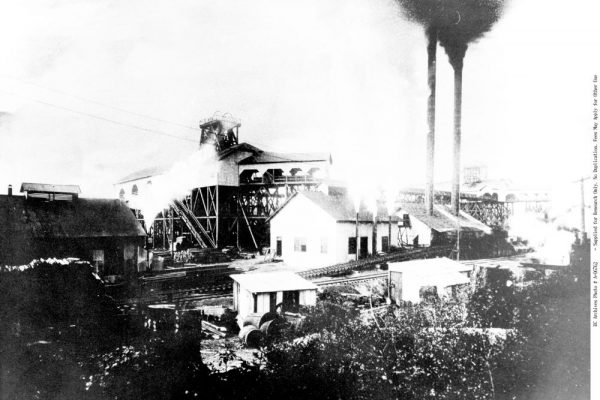
Amendment to Mining Rights on Reserve
Prior to a 1918 amendment, the Indian Act stipulated that resources, such as precious metals, that were below the surface of reserves belonged to the provincial government. However, the government had no surface rights in British Columbia. This meant that no mining ventures could be undergone without the consent of the reserve inhabitants. Essentially, this exempted reserve land from being subject to mining. In 1918, an amendment was passed in provincial parliament to eliminate the need for a consent. The inhabitants of the reserve no longer had to agree to mining on their land for it to occur. Notably, the 1919 report of the Department of Indian Affairs acknowledged that this may have been contrary to their wishes by saying, “owing to local conditions, misapprehension or hostility on the part of a band, it is not always possible to secure a surrender for mining rights. This obstacle has been effectively overcome by the amendment.” [1]
Amendment to Logging Rights on Reserve
An amendment also stipulated that, “Facilities have recently been afforded the Imperial Munitions Board whereby they might have access to spruce timber on Indian reserves in the province of British Columbia for the manufacture of aeroplanes, and it is expected that the Indians themselves will cut large quantities of the Sitka or silver spruce to be used for this purpose.” [2]
[1] Department Of Indian Affairs. Annual Report of the Department of Indian Affairs for the Year Ended March 31 1919. 1 George V Sessional Paper No. 27 ed. Printed by Order of Parliament Ottawa, J. De Labroquerie Tache Printer to the King’s Most Excellent Majesty, 1920. Page 39.
[2] Department Of Indian Affairs. Annual Report of the Department of Indian Affairs for the Year Ended March 31 1918. 1 George V Sessional Paper No. 27 ed. Printed by Order of Parliament Ottawa, J. De Labroquerie Tache Printer to the King’s Most Excellent Majesty, 1919. Page 40.
